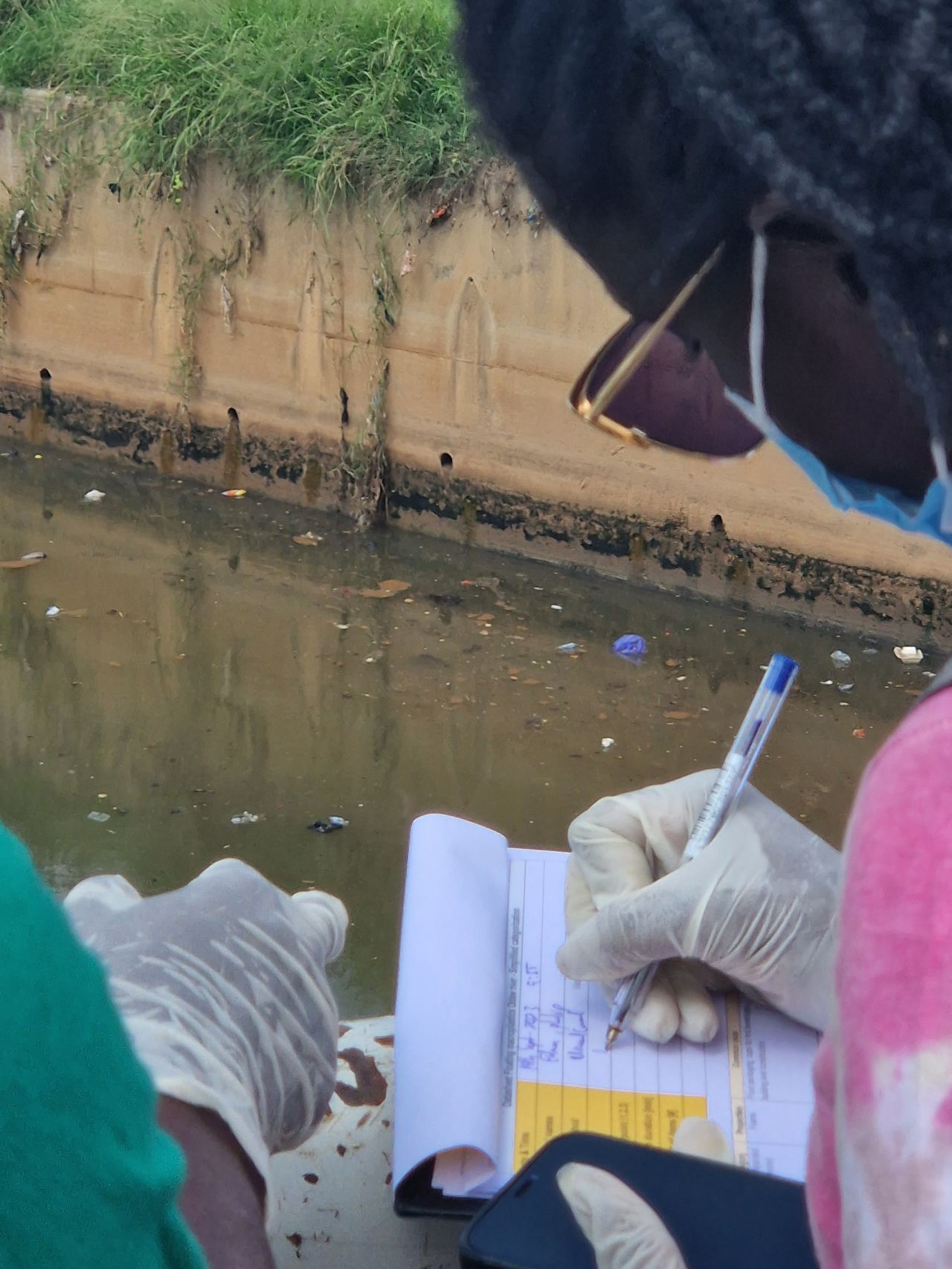Action Plan Development on Macroplastic Pollution Monitoring in the Nile Basin Countries
Plastic pollution of the oceans and freshwater is increasingly being recognized as a global environmental problem. Rivers play an important role in transporting plastic waste from land to the ocean, but they also serve as accumulation zones for plastic debris, creating long-term, secondary sources of plastic pollution. There is a need for better data on plastic pollution in rivers to identify hotspots and document trends in order to develop strategies and measures to effectively combat plastic pollution.
This project supports the international ambitions of the Nile Basin Initiative and its German partners to improve the current state of knowledge on plastic pollution in the Nile Basin. The activity is supported by Deutsche Gesellschaft für Internationale Zusammenarbeit (GIZ) on behalf of the German Federal Ministry for the Environment, Nature Conservation, Nuclear Safety and Consumer Protection (BMUV).

Further information:
Litter-free oceans - giz.de
The objectives of the project are:
1) to map actors for plastic monitoring in the Nile Basin Countries and to understand their capacities to implement sustainable plastic monitoring programmes
2) to provide training on macroplastic monitoring
3) to develop an Action Plan for implementing sustainable macroplastic monitoring programmes in the Nile Basin
The Action Plan will be developed around three key questions:
1) Who: Which stakeholders will be involved in monitoring macroplastics?
2) How: What monitoring methods are currently in use and which methods are best suited to the proposed monitoring programme?
3) Where: What are the optimal monitoring locations, taking into account pollution hotspots, synergies with other monitoring activities and logistical considerations?
Why do we focus on Macroplastic?
Plastic pollution is often seen as a microplastic problem because they can enter the food chain, accumulate in organisms, and cause health risks for both wildlife and humans. Due to their small size, they are difficult to remove from the environment and are found almost everywhere, from oceans to drinking water.
Macroplastics like plastic bags, bottles, and fishing nets pose immediate physical threats to wildlife, such as entanglement and ingestion. Identifying and removing macroplastics from rivers and other environments can prevent them from breaking down into microplastics, which are harder to manage. Furthermore, tracking macroplastics helps locate pollution sources, supporting targeted cleanup efforts and preventing further environmental degradation based on targeted policy measures. Additionally, macroplastics may be easier to monitor, often visible and more accessible for community involvement, such as citizen science initiatives. Monitoring macroplastics is crucial because they are the source of microplastics through fragmentation.
Project Team
Christian Schmidt Helmholtz Centre for Environmental Research, Leipzig, Germany
Tim van Emmerik Wageningen University, Wageningen, The Netherlands
Sabrina Kirschke Museum fuer Naturkunde, Berlin, Germany
